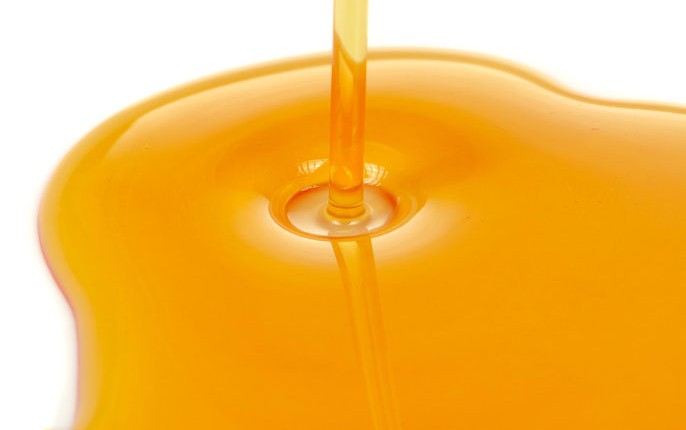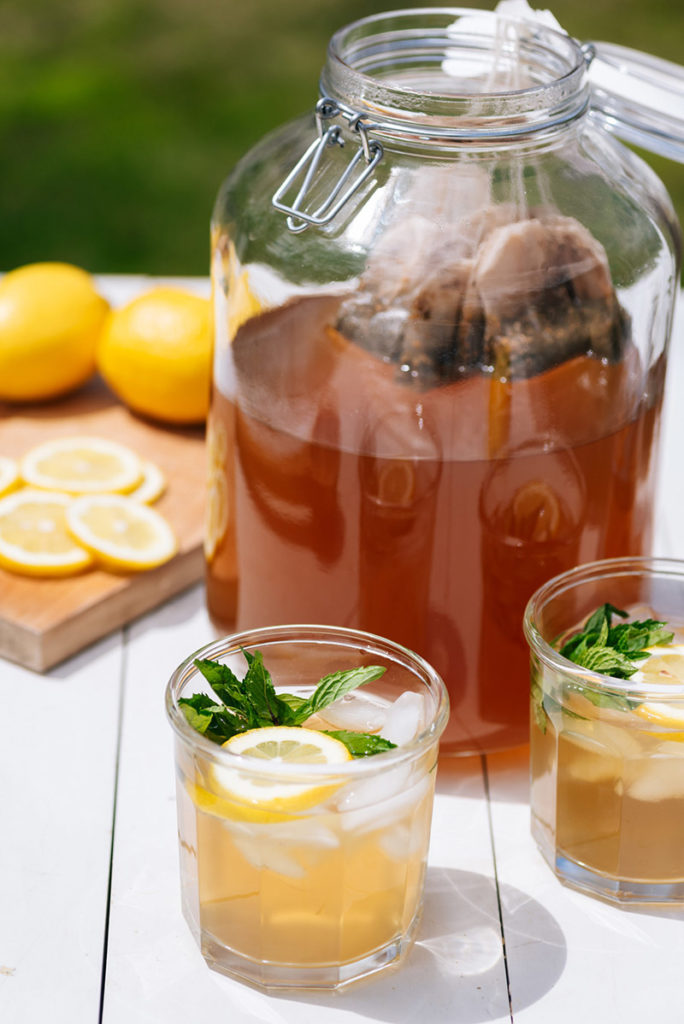
There is a growing trend in the food industry toward “clean” labels. The term is s nebulous one, but in general, “clean labeling” refers to the response by food manufacturers to consumer demand for simple, easy-to-understand ingredient lists on products. ““We see consumers getting more assertive about what they expect from the foods they buy. One element of this is that they want labels with ingredients they recognize, not lists of complex additives,” said Katie Dogs, public relations manager for Didion Milling, one of the nation’s largest corn millers, located in Cambria, Wisconsin.
At Coombs Family Farms, we have supported clean labels since before the term existed. In this age of heightened consumer awareness regarding labeling and ingredients, we can help you, the chef or manufacturer, attain that clean label. Maple syrup and its derivatives are a sweetener that consumers readily understand, from a sourcing as well as an ingredient standpoint. With only one ingredient and a simple, easy-to-understand production process (who hasn’t boiled water?), maple syrup hits the sweet spot as compared to any other sweetener, “natural” or otherwise.
Producing a truly “clean” label is not as easy as it seems, however. Over the course of several posts, we are going to explore the issues surrounding clean labels. The first installment will explore “back of label” issues, focusing primarily on the ingredients panel. The next two installments will look at “front of label” issues, and will examine in turn the claims “all-natural”, “healthy”, “natural flavoring”, and “100 percent”. You may be surprised to learn just how slippery such terms are.


